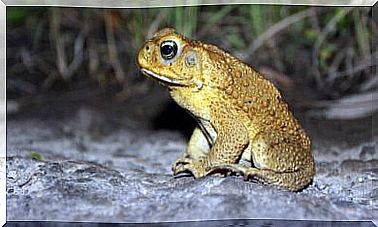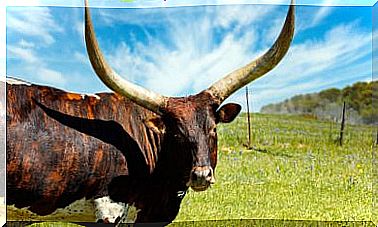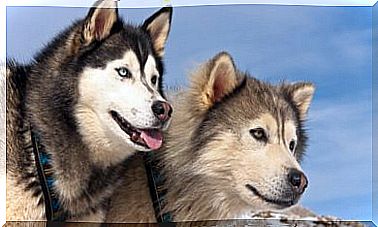Japanese Macaque: Information And Characteristics

The Japanese macaque is a beautiful medium-sized monkey that lives, as its name suggests, in Japan. Also known as ‘snow monkey’, it is common for it to live in the coldest regions of the country. The Macaca fuscata is the northernmost monkey in the world: it is an animal that adapts incredibly quickly to its environment.
The Macaca fuscata vary slightly in color of its coat. Specimens of this breed can range from shades of brown to gray or light yellow.
The faces and bottoms of these monkeys are usually dark red or orange. Also, the faces have little or no fur. Some researchers have even said that their faces almost look human.
However, the fur of a Japanese macaque is very thick: these animals do not hibernate during the winter. In this way, their fur helps keep them warm in the colder months of the year.
In general, the males of this species are more robust and large. An adult male can be around 57 centimeters tall and weigh about 11 kilos. In contrast, an average female weighs about 8.5 kilograms and is 52 centimeters tall.
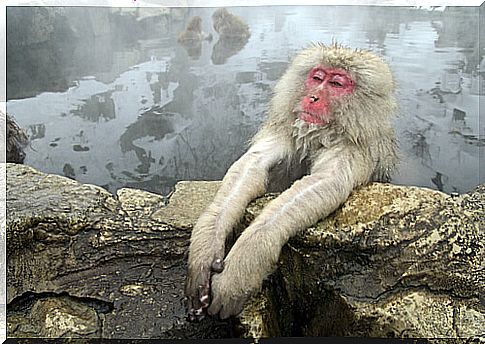
Various studies have suggested that there is a correlation between the weight of a Japanese macaque and the climate in which it lives. Macaques that live in areas closer to the south of the country tend to weigh less than those that live in the north.
Like other monkeys, the Japanese macaque has opposable thumbs, so it can grasp and hold various objects. It can also walk on its hind legs while holding objects with its hands, demonstrating advanced motor skills.
Habitat of the Japanese macaque
The Japanese macaque inhabits clearly differentiated climatic zones. In the northern regions of Japan, macaques have to deal with seasonal changes.
During winter, the temperature can drop to -15 ºC, while in summer it can rise to 25 ºC. Thus, the macaques must adapt to the climates and food available in each season.
In southern areas of Japan, macaques live in tropical broadleaf forests. These forests suffer less from the change of season, so this ecosystem allows a similar diet throughout the year.
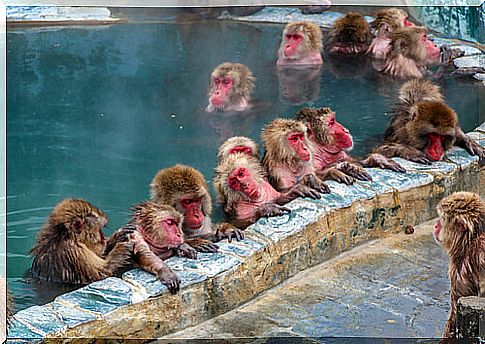
In central Japan, Japanese macaque communities are found in the mountains. High in the mountains, macaques spend a lot of time in hot springs that are heated by nearby volcanic activity. These hot springs are advantageous in winter, as they allow them to always stay warm.
The Macaca fuscata live together for their entire lives, in communities of 20 to 30 individuals. These groups are led by an alpha male, who decides where the group should go. In addition, the alpha male protects the group from predators and from inconvenience or violent encounters with other groups of macaques.
Like humans, the Japanese macaque is omnivorous. It feeds on both plants and small animals. This monkey is terrestrial: it spends most of its life on the ground, so the food it consumes is at this level. It feeds mainly on fruits, berries, seeds, and even flowers. It also consumes crabs, insects, small rodents, and bird eggs.
Behavior and conservation of the Japanese macaque
The Japanese macaque is an incredibly sociable and friendly animal. They like physical contact and constantly touch and hug each other. The bond between mother and children is usually very close for this reason. During the first two years of the calf’s life, the mother will stay very close to share food, care and body heat.
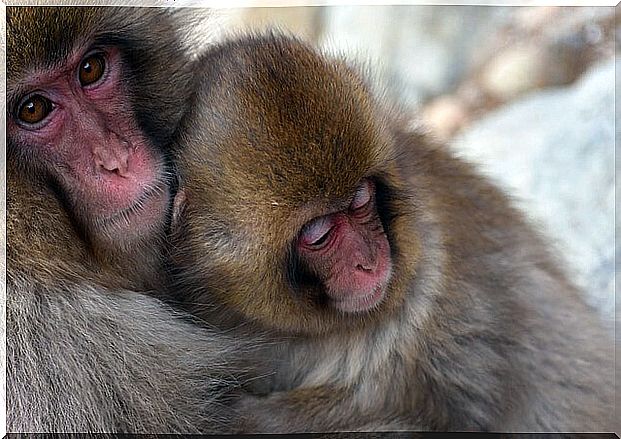
The gestation period for a Japanese macaque is six months, at which point the female will give birth to a single baby. When they reach the age of two, the young must decide what to do. Female pups are usually kept in the troop in which they were born, while males move away to find a new community.
Although the Japanese macaques have become a tourist curiosity, the truth is that they are in danger of extinction. Their numbers have dropped considerably due to deforestation.
Despite being revered and protected by native communities, they have suffered significant food shortages in their natural habitats. Little by little initiatives are emerging that lead to the conservation of this and other monkeys typical of the Pacific islands.
